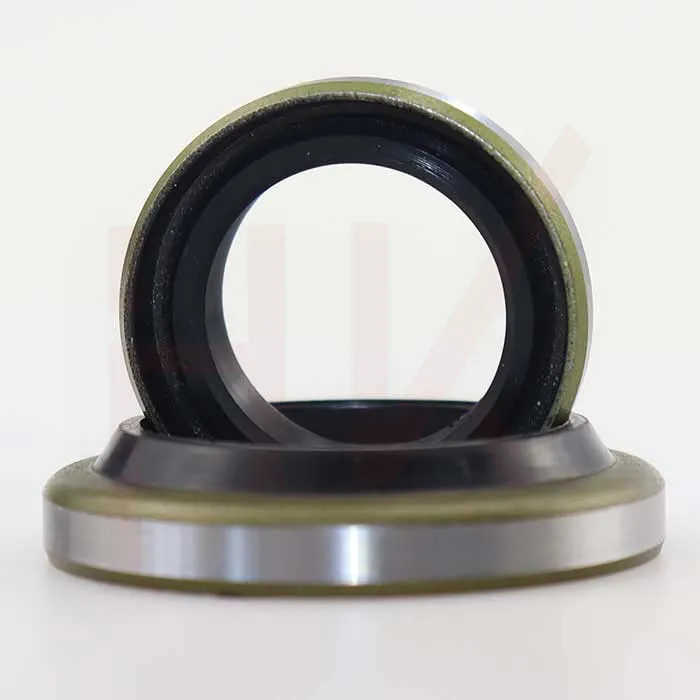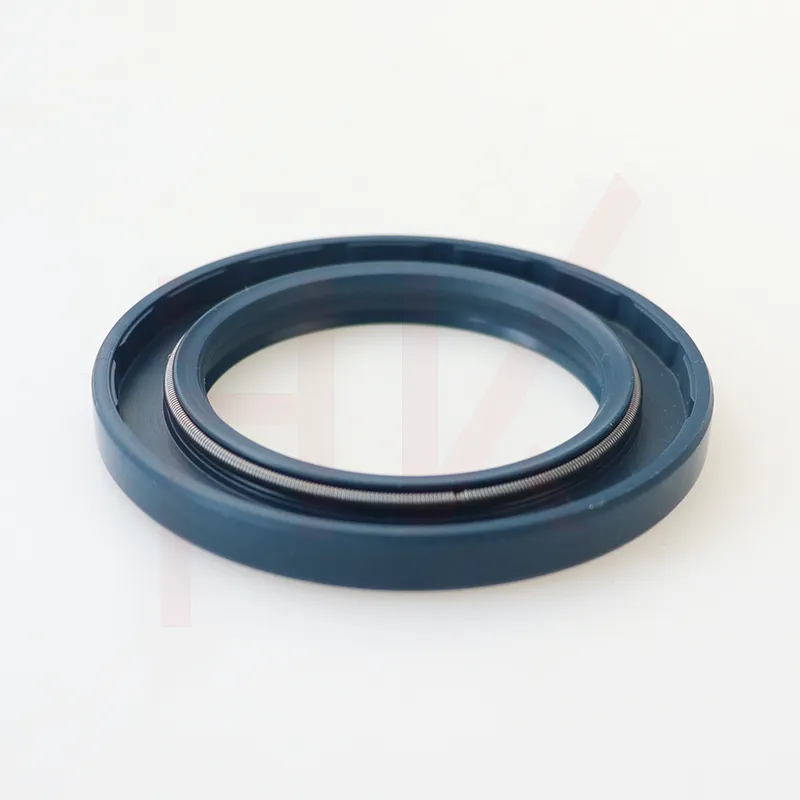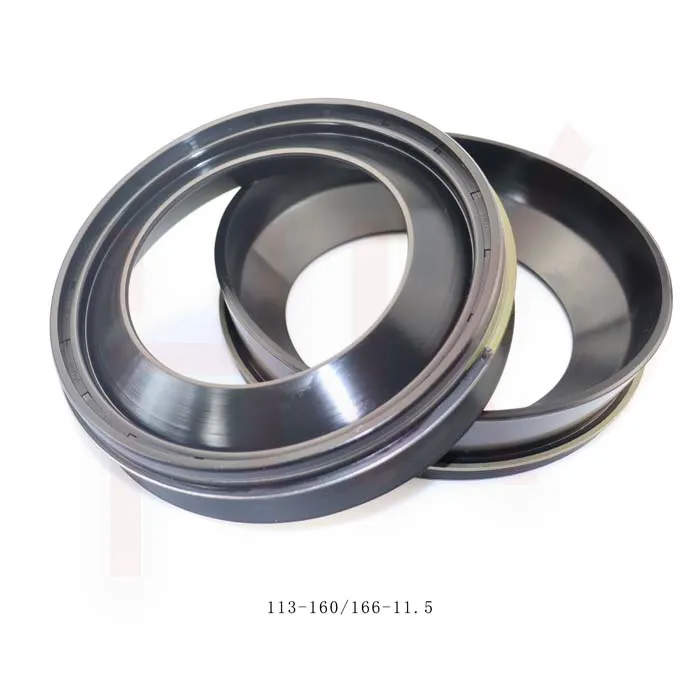Mar . 03, 2025 12:47 Back to list
gearbox seals


Installation and maintenance of gearbox seals also play a crucial role in their effectiveness. Improper installation can lead to premature seal failure and unplanned downtime. It's crucial to follow manufacturer guidelines and use the correct tools and techniques during installation. Regular maintenance checks should include visual inspections for signs of wear, cracking, or deformation. Spotting these issues early can prevent more severe problems and extend the life of both the seal and the gearbox itself. Moreover, relying on reputable manufacturers for gearbox seals is fundamental to ensuring reliability and performance. Trusted manufacturers provide seals that adhere to rigorous quality standards and are subjected to comprehensive testing to verify their reliability under various conditions. Additionally, these manufacturers often offer expert guidance in selecting the most appropriate seals for a given application, thereby enhancing the trustworthiness and authority of your machinery setup. Incorporating high-quality gearbox seals into your machinery not only enhances performance but also contributes significantly to overall cost savings. Well-functioning seals reduce the frequency and extent of repairs needed and extend the lifespan of your machinery. This translates to lower operational costs and a reduced need for expensive, time-consuming overhauls. Furthermore, by ensuring the optimal performance of gearboxes, seals also contribute to energy efficiency, reducing power consumption and thereby supporting sustainability efforts within your operations. In conclusion, gearbox seals are indispensable for ensuring the reliability and efficiency of mechanical systems. By understanding the various types of seals, their applications, and maintenance, businesses can significantly reduce operational risks and costs. Investing in quality seals and adhering to best practices in installation and maintenance strengthens machinery performance and aligns with sustainable operational objectives. As technology advances, the continued evolution of gearbox seals promises even greater efficiencies and application possibilities, making them an essential focus for mechanical engineers and plant operators aiming to attain excellence in their operational outcomes.
-
Reliable Oil Seal Wheel Hub Solutions for Industrial & Automotive Use
NewsNov.17,2025
-
Durable Front Hub Oil Solutions for Industry – HKAiSeal
NewsNov.17,2025
-
Wholesale Hydraulic Pump Motor Seal Kit A4VSO250 | In Stock
NewsNov.17,2025
-
Pump Seal Kits: Essential Components for Industrial Reliability
NewsNov.17,2025
-
TCV Oil Seal - Double-Lip, Spring-Loaded, High Temp & Wear
NewsNov.17,2025
-
Hydraulic Seal Kits: Reliable Solutions for Industrial Equipment
NewsNov.17,2025
-
Combined oil seal 659214 12001903B, fits 119990, NBR OEM
NewsNov.17,2025
Products categories
















